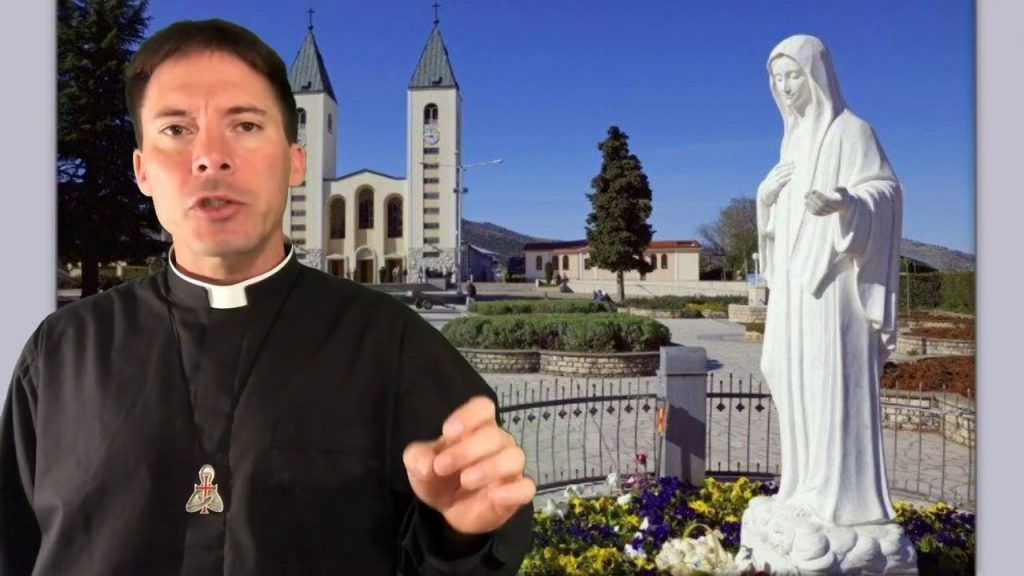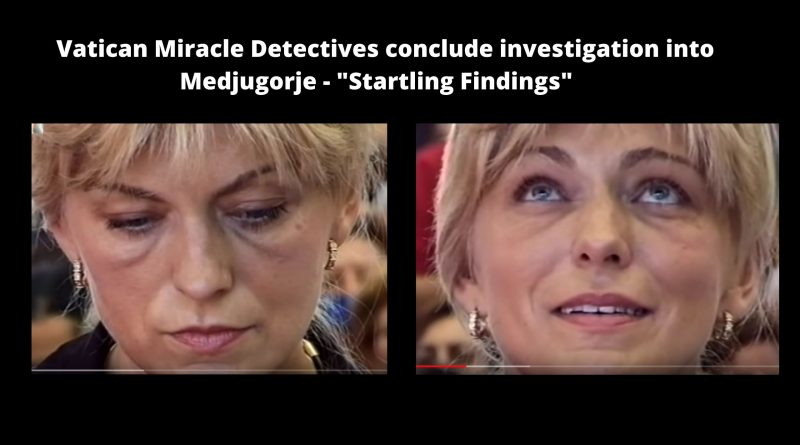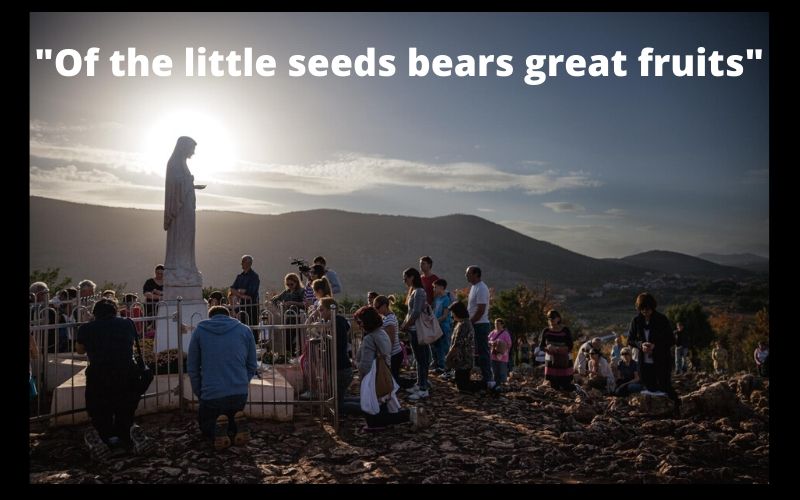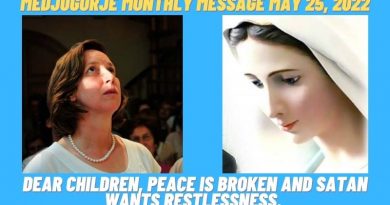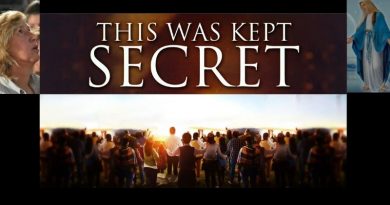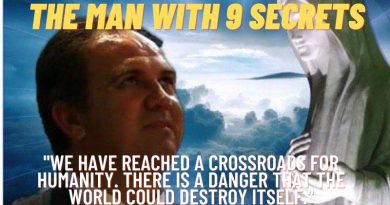Leaked Medjugorje report: Vatican Miracle Detectives’ startling conclusions – Now will the world wake-up to the greatest mystery on earth?
Special Report by Michael Brown – Spirit Daily (With permissions)
A leaked report from the commission that studied Medjugorje contains surprising and at points startling conclusions, if initial translations are accurate — criticizing aspects of seer conduct but presenting a far more positive picture of the apparitions than most close watchers of the situation hoped for or anticipated.
The full report was given to an Italian journalist, David Murgia, and has already been bound in book form in his native language.
LIKE MYSTIC POST ON FACEBOOK – THANKS
Perhaps never before in the history of what it calls Mariophanies, including those of Lourdes, Fatima, and Guadalupe, have there been higher-ranking clergy on an investigative commission. Five cardinals, an archbishop, three monsignors, and four priests composed the thirteen members who studied the site in Hercegovina for what it described as four “intense” years. In addition were three prie sts and a nun who served as voting experts, bringing the tally to seventeen, though the number present for ballots (votum) at times varied.
sts and a nun who served as voting experts, bringing the tally to seventeen, though the number present for ballots (votum) at times varied.
Ten members and three of the experts voted that the first seven apparitions at Medjugorje were “constat de supernaturalitate’ — authentically supernatural — while just one member labeled them “constat de non supernaturalitate” (established as not supernatural).
The final member was undecided — “nondum decerendum.”
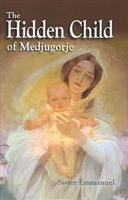
Thus, thirteen of 15 votes present for what was a secret ballot discerned in favor of Mary having appeared there — more than even the most optimistic expected. The commission, empaneled by Pope Benedict XVI in 2009, described the first apparitions as founded on “indisputable evidence.”
In another surprise, the Vatican report — likely the most in-depth such investigation in the history of Marian apparitions — strongly rebuffed those who have called Medjugorje diabolical, concluding in unequivocal verbiage that “the hypothesis of a demonic origin from the beginnings of the phenomenon appears gratuitous and unfounded.”
“On the basis of data, the International Commission considers that it can affirm with reasonable certainty that the first seven apparitions prove to be intrinsically credible,” it said, noting the devotion, renewed sense of belonging to the Church, “huge” number of Confessions, and miraculous healings there. That first week, it said, is “not reducible to human dynamics only,” but instead has “a supernatural origin.”
It is with the apparitions subsequent to the initial week, when the apparitions moved from Mount Podbrdo (Apparition Hill) to the parish house, and later the sacristy, then elsewhere, including private homes, that the situation becomes less clear, it concluded, falling into what it described as “rarefaction” (lessened density). On these subsequent experiences the commission decided in effect not to decide, further describing the apparitions as becoming “privatized” (individually experienced) and making it all but impossible to evaluate them as an entirety. Twelve members and experts said they were undecided. Two voted that they were constat de non supernaturalitate — not supernatural.
But even here, the commission — which noted Communist attempts to misrepresent and confuse the matter — said that “in concrete terms, the subsequent history to the first seven alleged apparitions offers attestation of multiple Gospel fruits,” including conversions and vocations to the priesthood.
